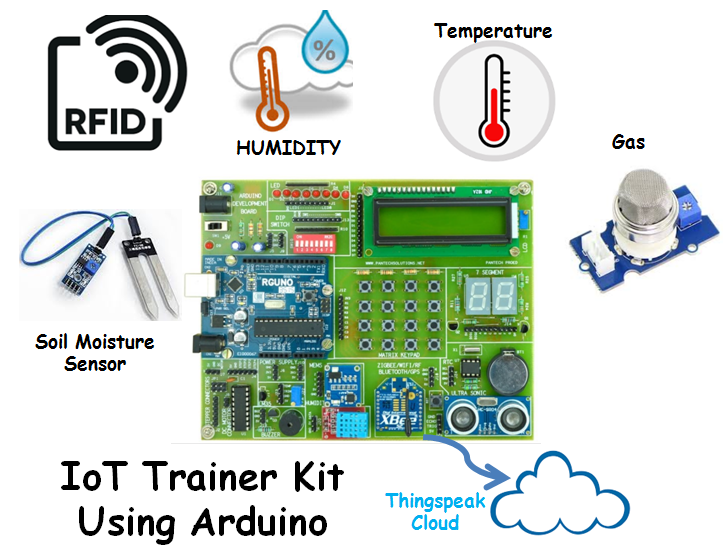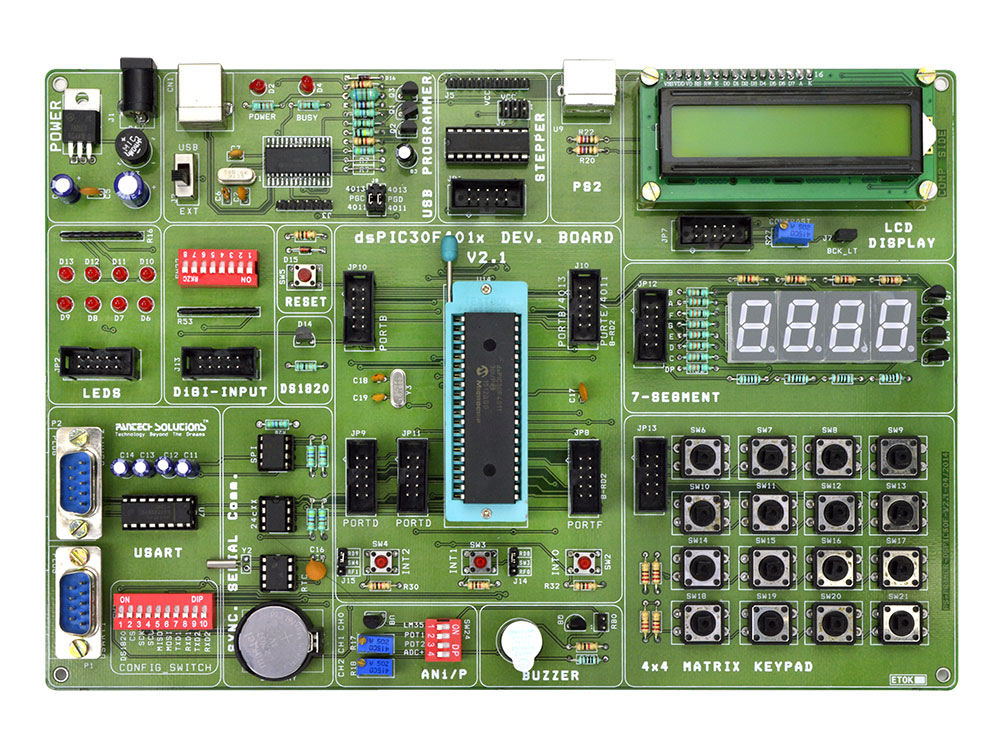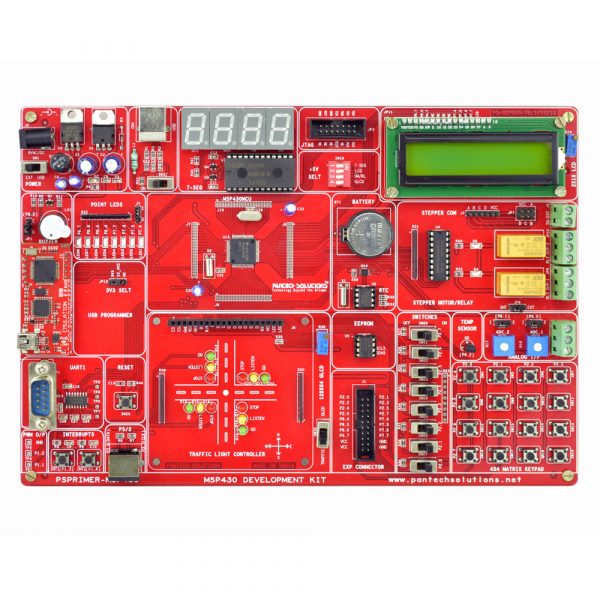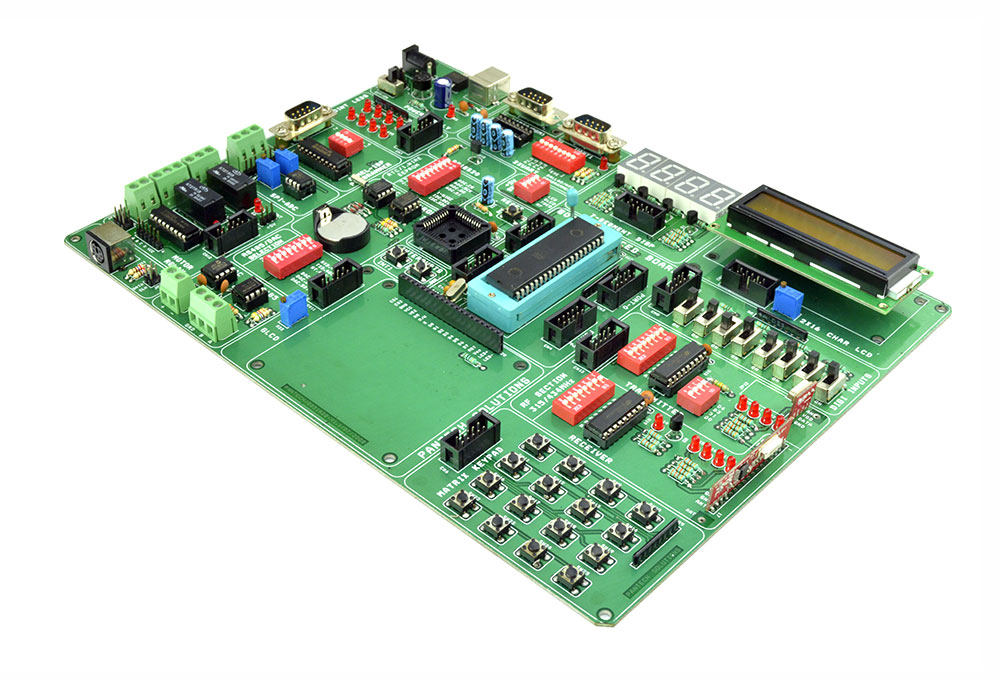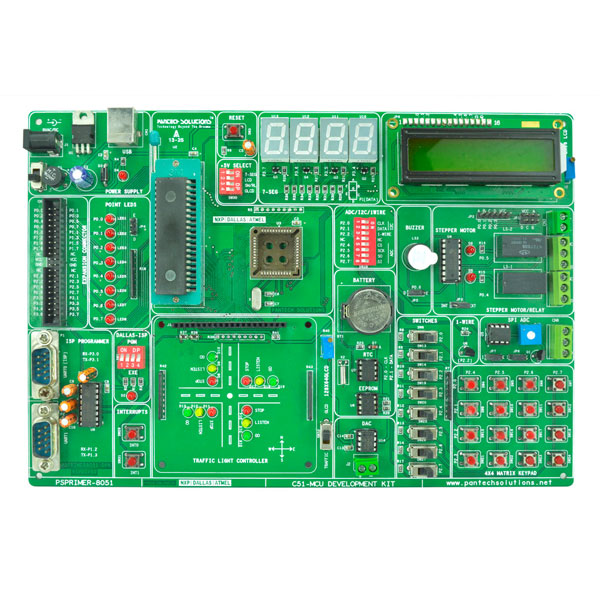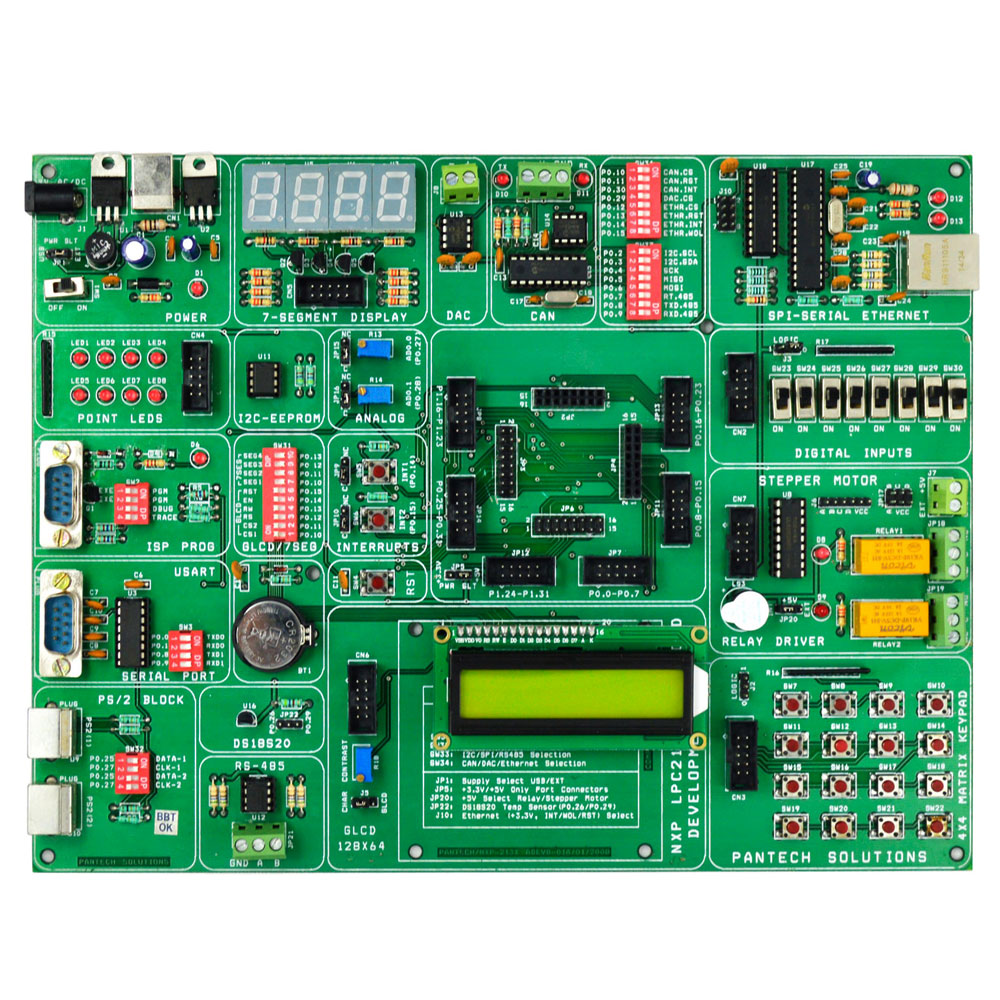Mastering VLSI & Digital Electronics: Unlocking the Future of Semiconductor Design
Introduction
Welcome to the official blog of Pantech Solution India Pvt. Ltd., your premier destination for insights into the dynamic realm of Very-Large-Scale Integration (VLSI). Here, we bridge the gap between semiconductor theory and real-world chip design, taking you from the basics of packing millions of transistors onto a silicon die to the cutting-edge innovations reshaping tomorrow’s electronics. As VLSI continues to underpin breakthroughs in AI, 5G/6G, edge computing, and more, our goal is to deliver in-depth articles, expert interviews, and hands-on tutorials that empower engineers, students, and technology enthusiasts alike. Join us as we chart the evolution of integrated circuits, examine industry trends, and explore the skills you need to build the chips of the future.

What You’ll Find Here
- Semiconductor Industry Overview
A snapshot of today’s semiconductor landscape, key players, and market dynamics. - Understanding VLSI
Core concepts, terminology, and why VLSI remains the backbone of modern electronics. - A Journey Through History
- From the very first transistor to today’s multi-core processors
- Milestones: the inaugural microprocessor, the world’s first portable computer, and the evolution to today’s MacBook and beyond
- The Evolution of Integrated Circuits
How packaging density, fabrication nodes, and design methodologies have transformed over the decades. - Moore’s Law in Context
Its origins, relevance in 2025, and what “beyond Moore” really means. - AI Accelerators & VLSI
Architectures and chip-level optimizations that power today’s neural networks. - The Next Frontier
Emerging materials, novel transistor designs, and 3D-IC integration for the chips of tomorrow. - Why Tech Giants Are Designing Their Own Silicon
The strategic drivers behind Google, Amazon, Microsoft, and others entering the VLSI arena. - Building a Career in VLSI
- Step-by-step guide to launching your path from RTL-coding to verification and physical design
- Breakdown of common roles: front-end engineer, back-end engineer, physical design, DFT, and sign-off
- VLSI vs. IT: Choosing Your Path
Comparing skill sets, career growth, and opportunities in semiconductor engineering versus traditional software/IT roles. - IP, Subsystem & SoC Verification
Understanding the hierarchy of reusable blocks and the methodologies to verify each level effectively.
The Power of Automation & Scripting
How Python, TCL, and Perl can supercharge your productivity in ASIC/FPGA flows.

Introduction to Digital Electronics with
SystemVerilog & Testbench
Welcome to your journey into Digital Electronics—the foundation of all modern VLSI and FPGA designs. In this series, we’ll explore how simple logic gates and Boolean expressions evolve into synthesizable RTL modules, and how you can verify them rigorously using SystemVerilog testbenches. By combining clear conceptual explanations, hands-on SV code examples, and comprehensive simulation benches, you’ll gain the skills to confidently translate digital theory into real hardware.
In each tutorial you’ll find:
- Concept Overview:A concise look at the digital-logic principle (e.g., encoders, multiplexers, FSMs).
- SystemVerilog Module:Synthesizable RTL code illustrating the design pattern in under 30 lines.
- Testbench Implementation:A self-checking SV testbench using randomization and assertions to validate every functional corner case.
Throughout this series, our goal is to build your RTL design and verification muscle in parallel. You’ll learn not only how to write clean, parameterized SystemVerilog modules, but also why each testbench construct (clocks, resets, stimulus generation, checks) matters for turning code into reliable silicon. Let’s get started—your first module awaits!
About Author:
A. Manikandan is an RTL Engineer at Pantech India Solutions Pvt. Ltd. With a strong passion for digital design ,FPGAs and ASIC bus protocols. he specializes in FPGA and hardware development, sharing insights to bridge the gap between academia and industry.
Author’s LinkedIn if have any doubts means you can contact any time.
Looking Ahead: Collaborate With Us
- Try building this Full Adder on the Intel MAX10 FLK FPGA board and visualize the simulation results in real-time.
- Want to build a complete multi-bit adder? Explore our beginner-friendly Verilog series at Pantech eLearning.
- Looking for hands-on training? Join our FPGA/VLSI Internship Program and take your digital design skills tothe next level!
- Email: sales@pantechmail.com
- Website: pantechelearning.com
- Exploring EV models & Battery Management Systems
- Deep dive into autonomous systems & Steer-by-Wire tech
Let’s innovate together—and prepare the next generation of tech leaders.
Digital Electronics
Digital electronics
click here
Boolean Algebra and Logic Gates.
click here...
Implementing and Simulating the OR Gate.
click here
Designing XOR Logic in Verilog
click here
Building the NOR Gate in Verilog
click here
Designing the NAND Gate.
click here
Designing a Half Adder in Verilog
click here
Building a Ripple Carry Adder in Verilog.
click here
Designing a 2x1 Multiplexer in Verilog
click here
Carry look ahead.
click here
Comparator in verilog.
click here
Decoder
click here
Designing a Binary Adder
click here
- All Projects
- Product


